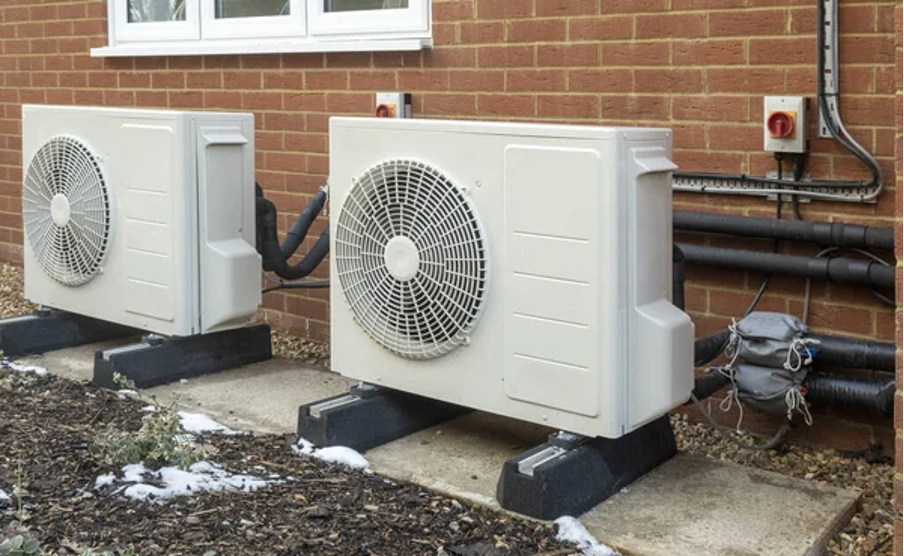Everything You Need to Know about Air Source Heat Pumps

Air source heat pumps (ASHPs) are a highly efficient and eco-friendly technology that extracts heat from the air to provide heating, cooling, and hot water solutions for residential and commercial spaces.
This article aims to provide comprehensive information about air source heat pumps, including their operation, benefits, applications, and considerations for installation.
How Air Source Heat Pumps Work:
Air source heat pumps operate by absorbing heat from the outside air, even in colder temperatures, and transferring it indoors. The process involves a refrigerant that evaporates at a low temperature, absorbing heat energy from the outdoor air. The refrigerant is then compressed, raising its temperature, and releases the heat into the indoor space. The process is reversible, allowing ASHPs to provide both heating and cooling functions.
Benefits of Air Source Heat Pumps:
a. Energy Efficiency: ASHPs are highly efficient, with the ability to generate more energy than they consume. They can deliver around 300% to 400% efficiency, resulting in significant energy savings and reduced carbon emissions.
b. Cost Savings: By utilising the ambient air as a heat source, ASHPs can significantly reduce heating and cooling costs compared to traditional methods, such as fossil fuel-based systems or electric resistance heating.
c. Versatility: Air source heat pumps can provide both heating and cooling, eliminating the need for separate systems. They can also heat water, offering a comprehensive solution for domestic hot water needs.
d. Environmentally Friendly: ASHPs use renewable energy from the air, contributing to a greener future by reducing reliance on fossil fuels and lowering carbon emissions.
e. Low Maintenance: ASHPs require minimal maintenance, with routine checks, filter cleaning, and occasional servicing to ensure optimal performance and efficiency.
Applications of Air Source Heat Pumps:
a. Residential Heating and Cooling: ASHPs are widely used for residential applications, providing space heating and cooling for individual homes, apartments, or multi-unit buildings.
b. Commercial Buildings: ASHPs are suitable for commercial spaces, including offices, schools, hotels, and retail establishments, providing energy-efficient heating and cooling solutions.
c. Hot Water Generation: ASHPs can be integrated with water heating systems to supply hot water for domestic use, reducing the reliance on traditional water heating methods.
d. Hybrid Systems: ASHPs can be combined with existing heating systems, such as gas or oil boilers, in hybrid configurations to optimize energy efficiency and cost savings.
Considerations for Installation:
a. Climate Considerations: ASHPs operate efficiently in a wide range of climates, but colder regions may require units specifically designed for lower temperatures.
b. Space and Siting: Determine the available space for outdoor units and consider noise levels, proximity to neighbouring properties, and local regulations for unit placement.
c. System Sizing: Proper sizing is crucial for efficient operation. An accurate assessment of heating and cooling demands is essential to determine the appropriate capacity and number of ASHP units.
d. Professional Installation: Engaging a qualified installer is crucial to ensure proper system design, installation, and compliance with local regulations and manufacturer guidelines.
Air source heat pumps offer a sustainable, efficient, and cost-effective solution for heating, cooling, and hot water generation. With their numerous benefits, wide-ranging applications, and the ongoing advancements in technology, ASHPs play a vital role in reducing carbon emissions and transitioning to a cleaner energy future. By embracing air source heat pumps, individuals, businesses, and communities can achieve energy savings, improve comfort levels, and contribute to a greener planet for future generations.